1. Spotted Hyena:
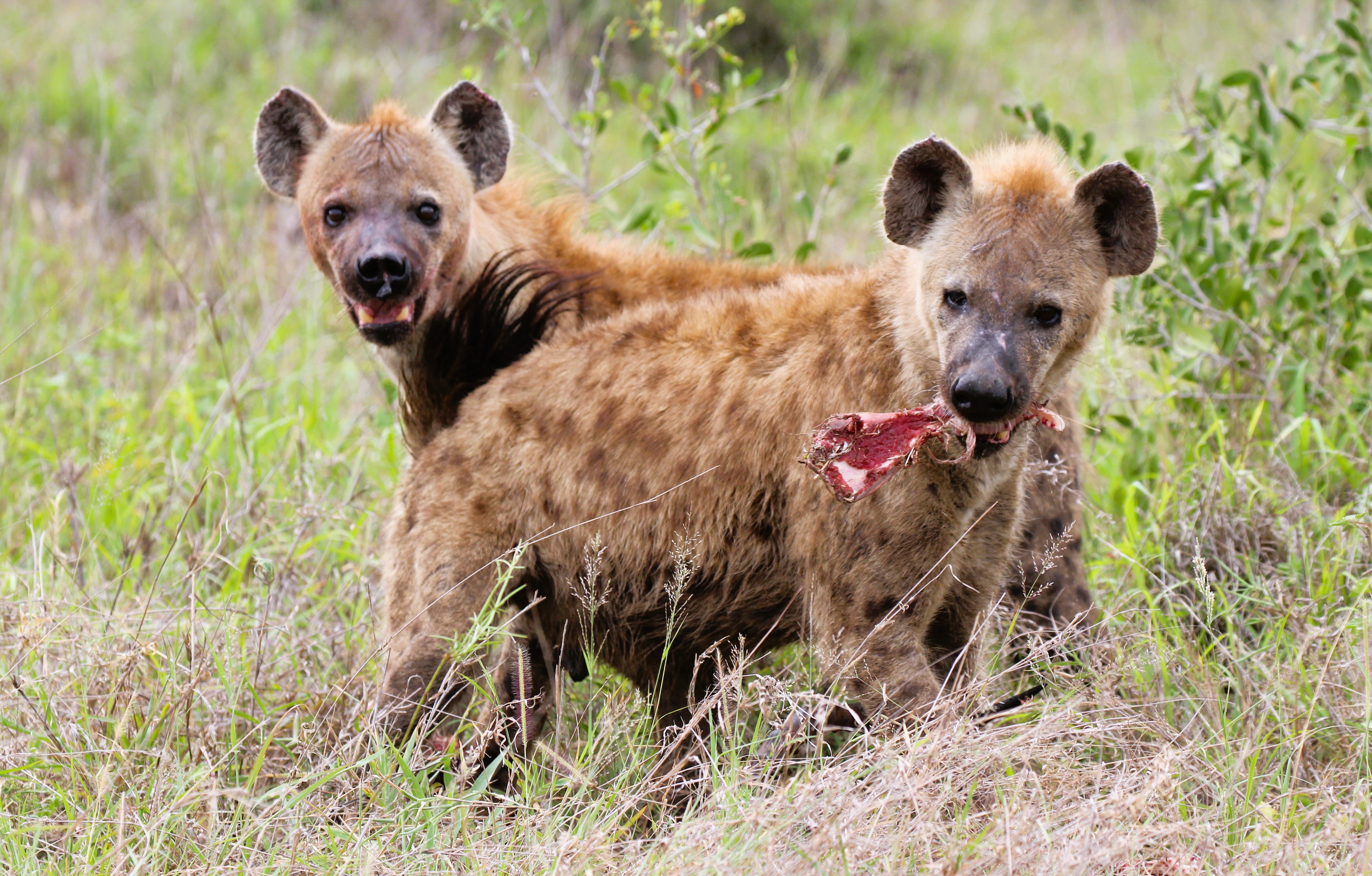 Image Source: Phelwana Game Lodge
Image Source: Phelwana Game Lodge
The spotted hyena is one of Africa’s top predators and forms strong family groups called clans led by the females.
2. Aardvark:
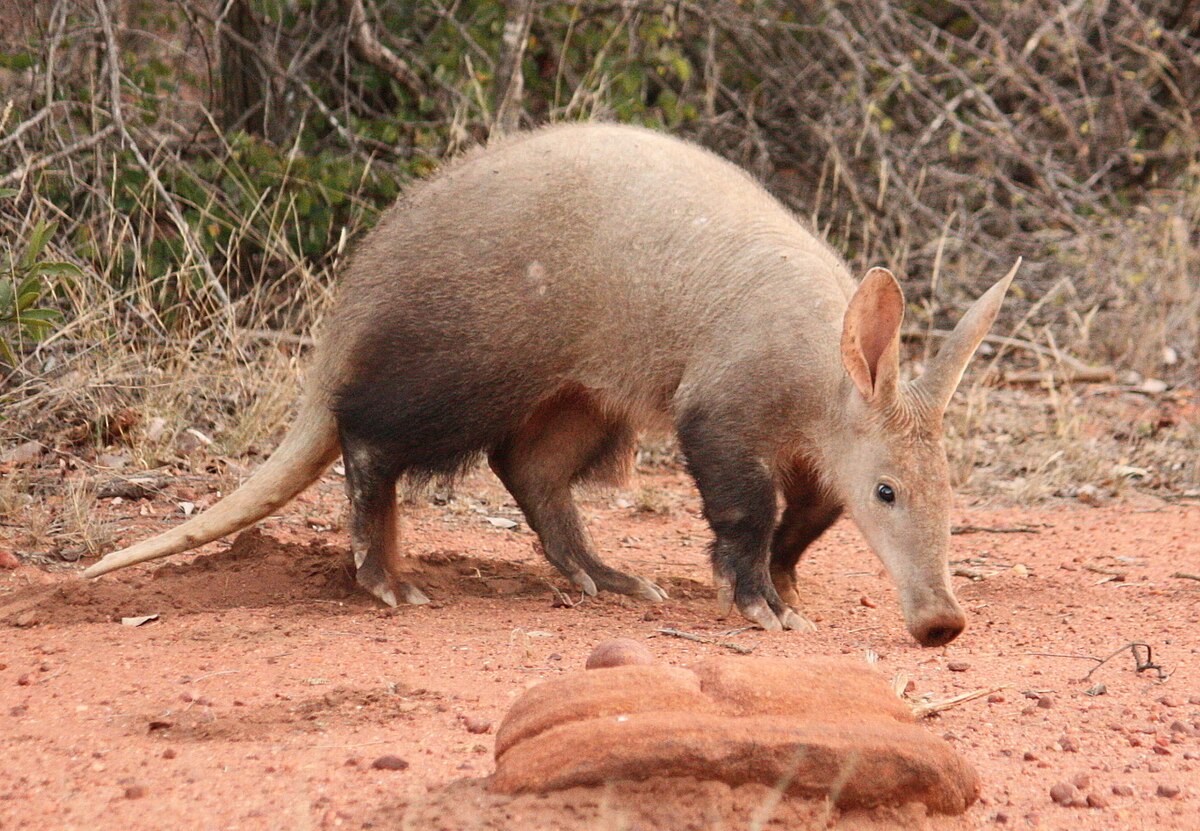 Image Source: By Kelly Abram - https://www.inaturalist.org/photos/175359469, CC BY 4.0, https://commons.wikimedia.org/w/index.php?curid=134253363
Image Source: By Kelly Abram - https://www.inaturalist.org/photos/175359469, CC BY 4.0, https://commons.wikimedia.org/w/index.php?curid=134253363
The aardvark is quite a strange animal that mainly eats termites and lives a solitary lifestyle. It lives underground in holes that they dig. Early settlers even used these holes to find good soil for their vegetable gardens. It is said to have one of the weakest bite forces of all mammals because its main source of food is soft food material.
3. Leopard:
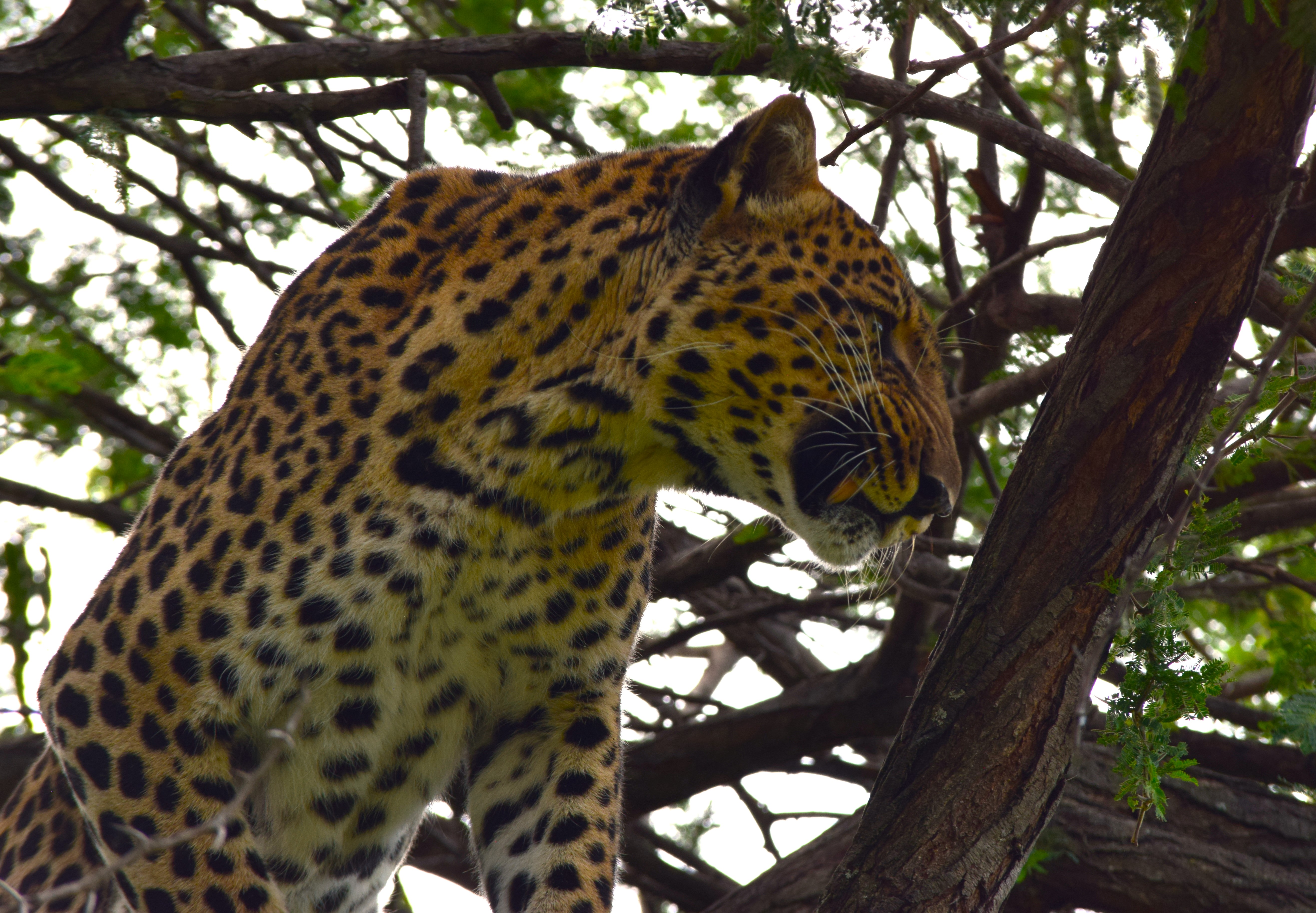 Image Source: Joe Botha
Image Source: Joe Botha
The leopard is one of the hardest animals to spot in the bush because of how they use the cover of night and their excellent camouflage to hide themselves and stalk prey.
4. Bush Baby:
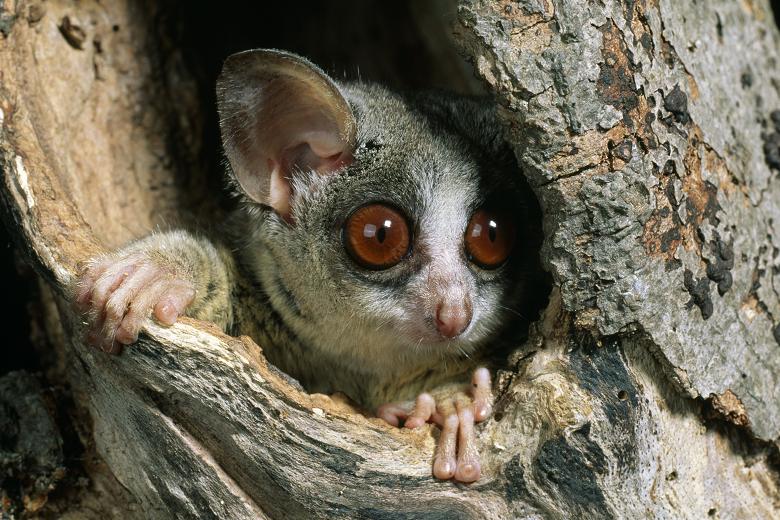 Image Source: www.thetimes.co.uk
Image Source: www.thetimes.co.uk
Bush babies are interesting animals to spot because of their big bright eyes. They live their lives going from tree to tree, mainly eating tree sap or gum. Their name comes from the sound they make. It is not uncommon to hear the call of the bush baby echoing through the African bushveld.
5. Frogs:
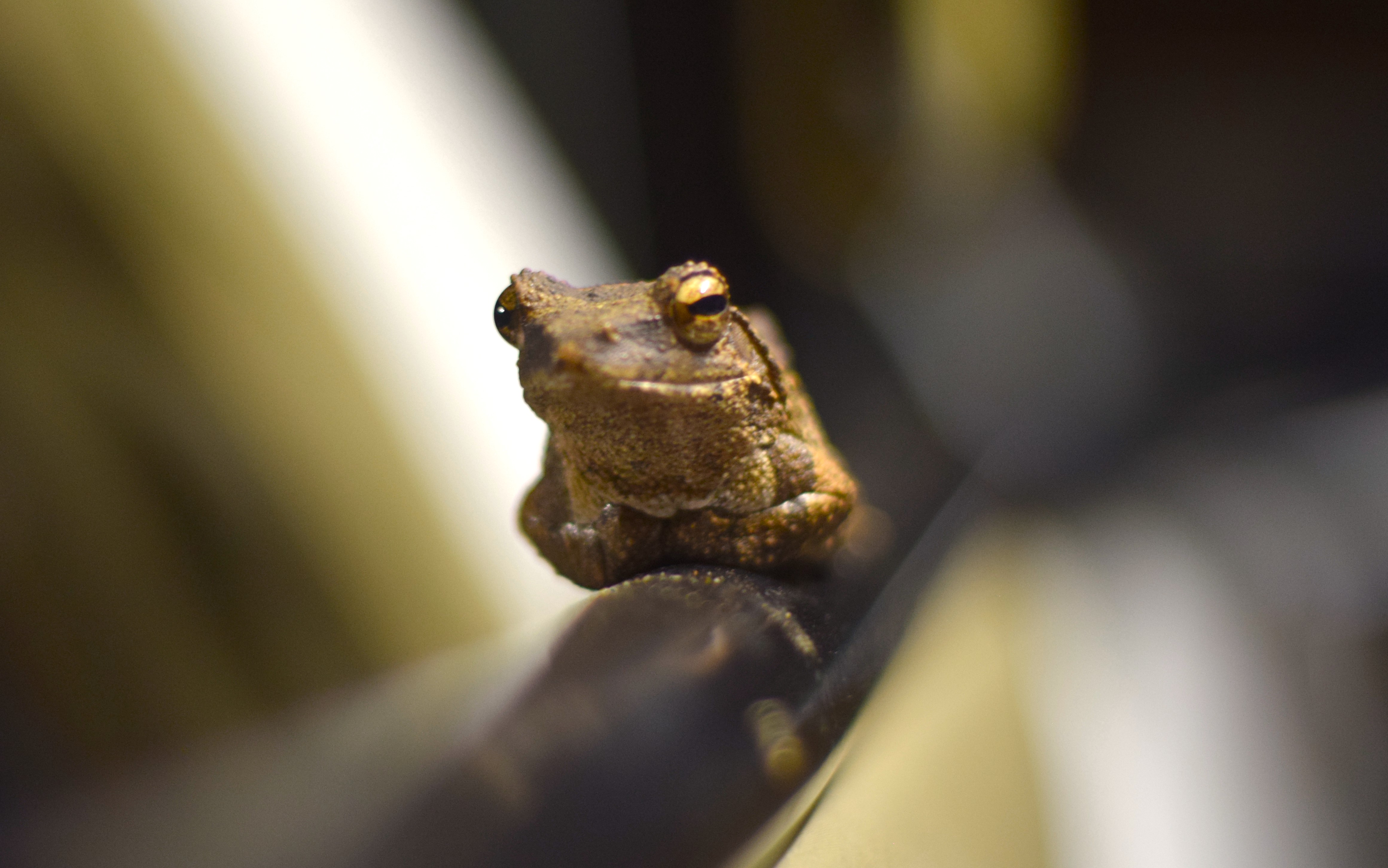 Image Source: Joe Botha
Image Source: Joe Botha
I know that a lot of people might be a little bit uncomfortable with frogs, but they are one of nature's most interesting animals to see and play a vital role in our ecosystem. From the foam nest tree frog to the African bullfrog, they are both interesting and beautiful creatures, with some having brightly colored bodies to warn off predators and others blending in so well you could swear that it is tree bark.
6. Nightjar:
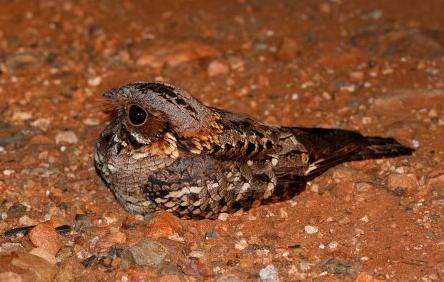 Image Source: By Dave Maguire - Own work, CC BY-SA 3.0, https://commons.wikimedia.org/w/index.php?curid=18369259
Image Source: By Dave Maguire - Own work, CC BY-SA 3.0, https://commons.wikimedia.org/w/index.php?curid=18369259
With their small but wide mouth, large dark eyes, and flat head, there’s no getting away from the fact that the Nightjar is a strange-looking bird. They get their name due to the fact that they come out at night and have a jarring call. The word "nightjar" was first used in the 17th century. 18th- and 19th-century European poets referred to this same bird as a “dew-hawk” and “lich fowl”.
7. Hippopotamus:
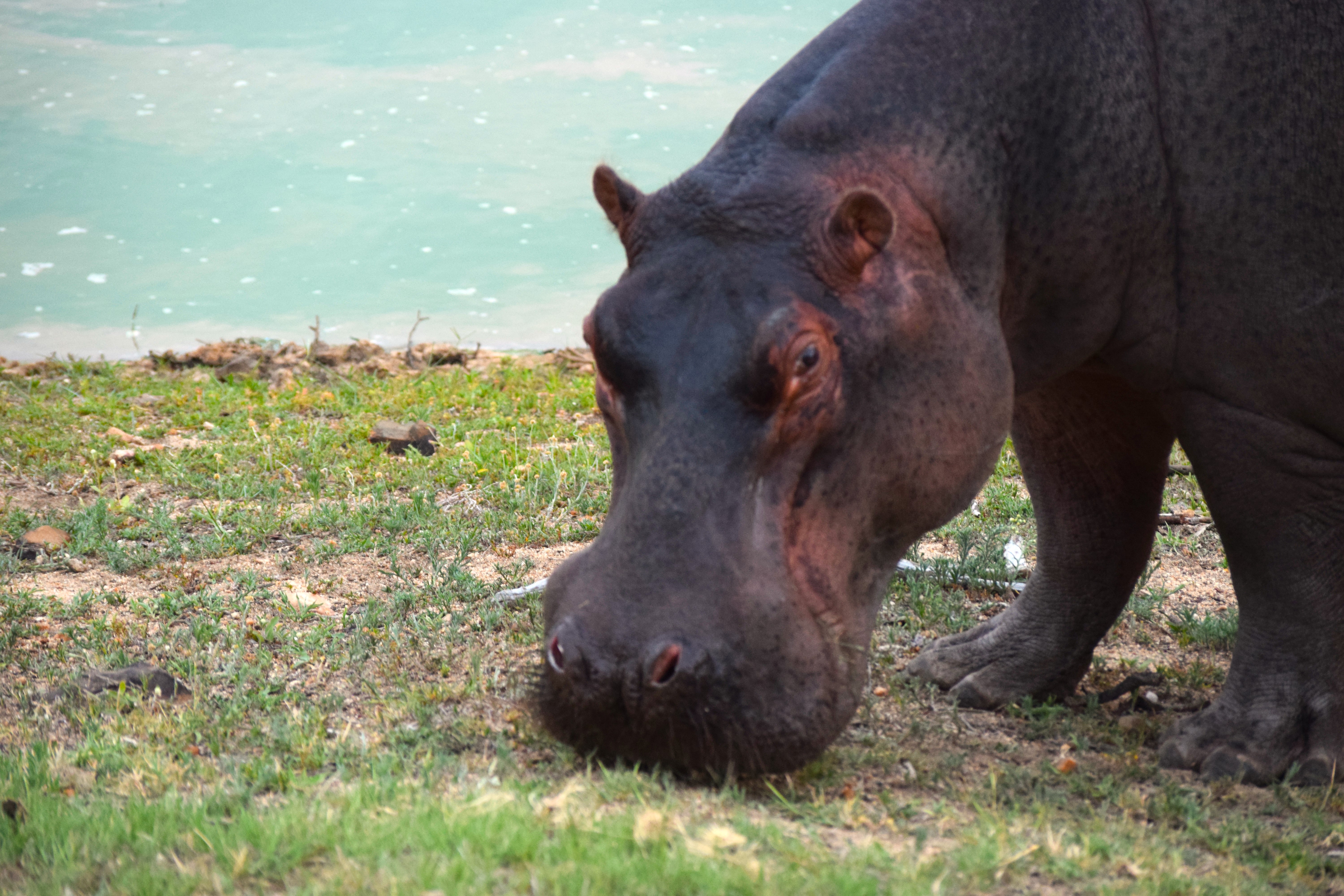 Image Source: Joe Botha
Image Source: Joe Botha
The hippo is one of the largest land animals, weighing in at between 1-2 tons. It has sensitive skin and doesn't really come out during the day, preferring splashing about in the water.
8. Genet:
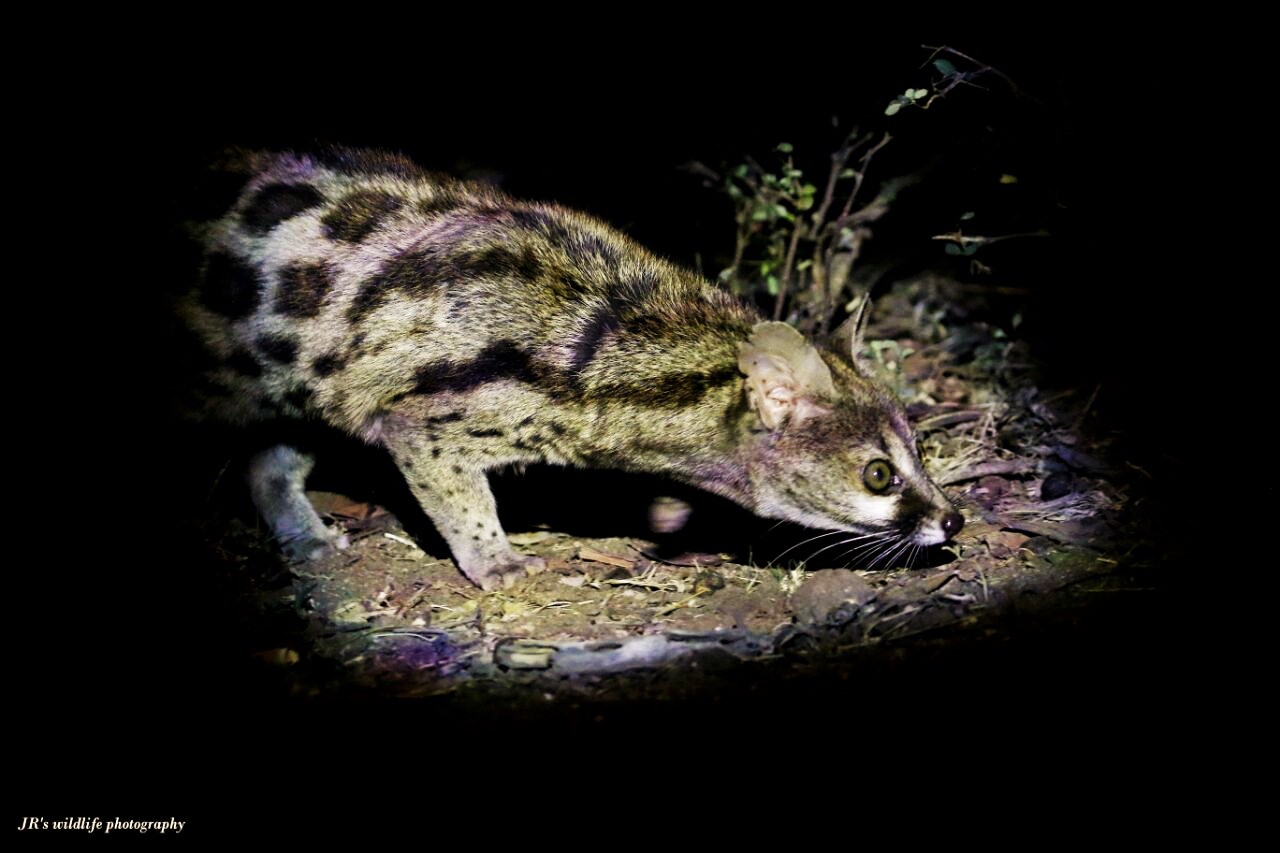 Image Source: Phelwana Game Lodge
Image Source: Phelwana Game Lodge
A small cat-like animal, but a genet cat is not really a cat. It is related to the cat family but not as closely as it is to civets and mongooses; however, it does resemble a cat and shares many of their characteristics and behaviors. They are distributed across much of Africa and parts of Southern Europe and the Middle East.
9. Owls:
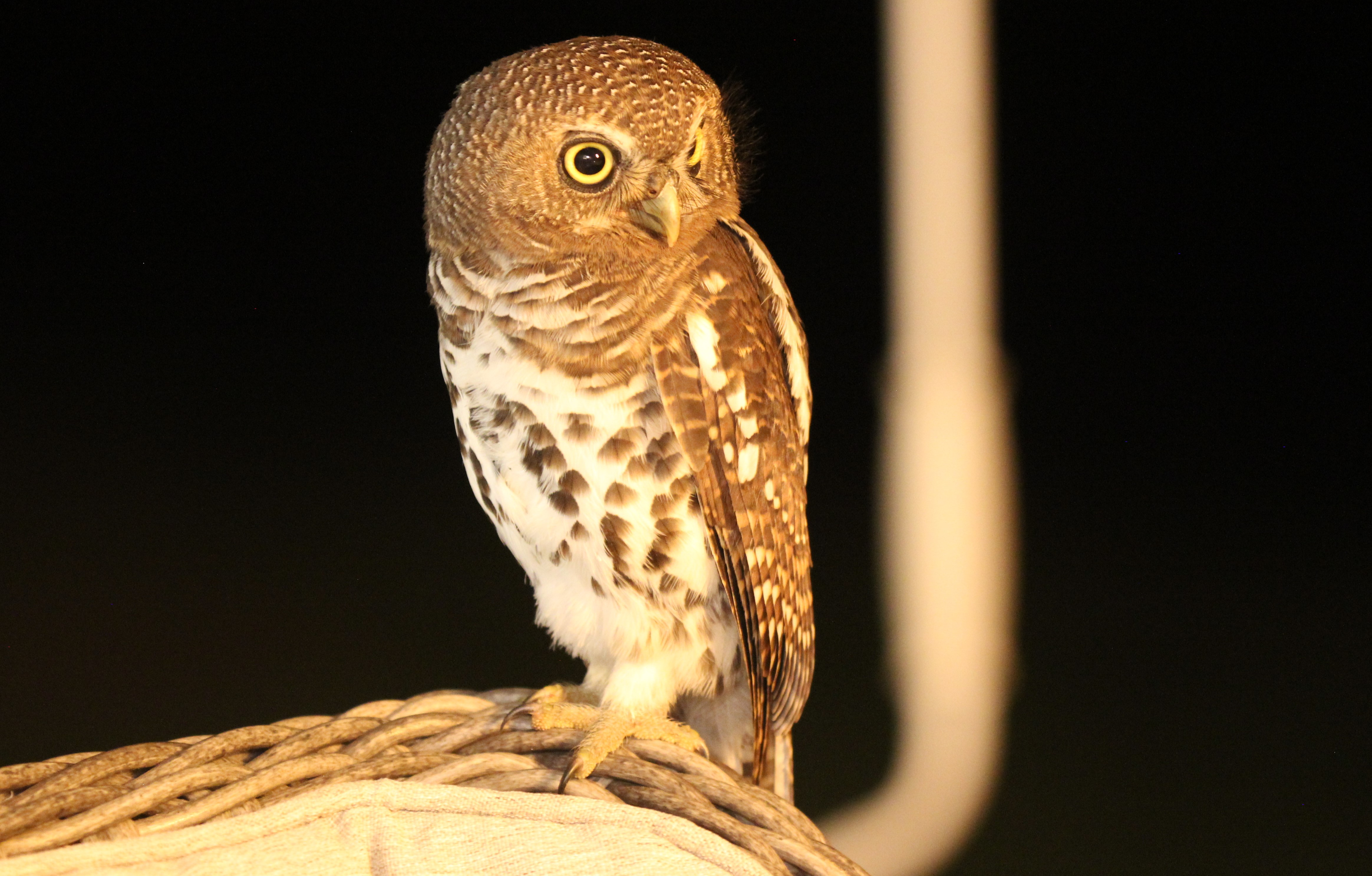 Image Source: Phelwana Game Lodge
Image Source: Phelwana Game Lodge
Africa is home to more than 30 species of owls, including some that eat fish. It’s always a pleasure seeing these fine specimens, but the problem is hearing them. Owls are ambush predators and make use of their specialized feathers that muffle the sound while they fly.
10. White-tailed Mongoose:
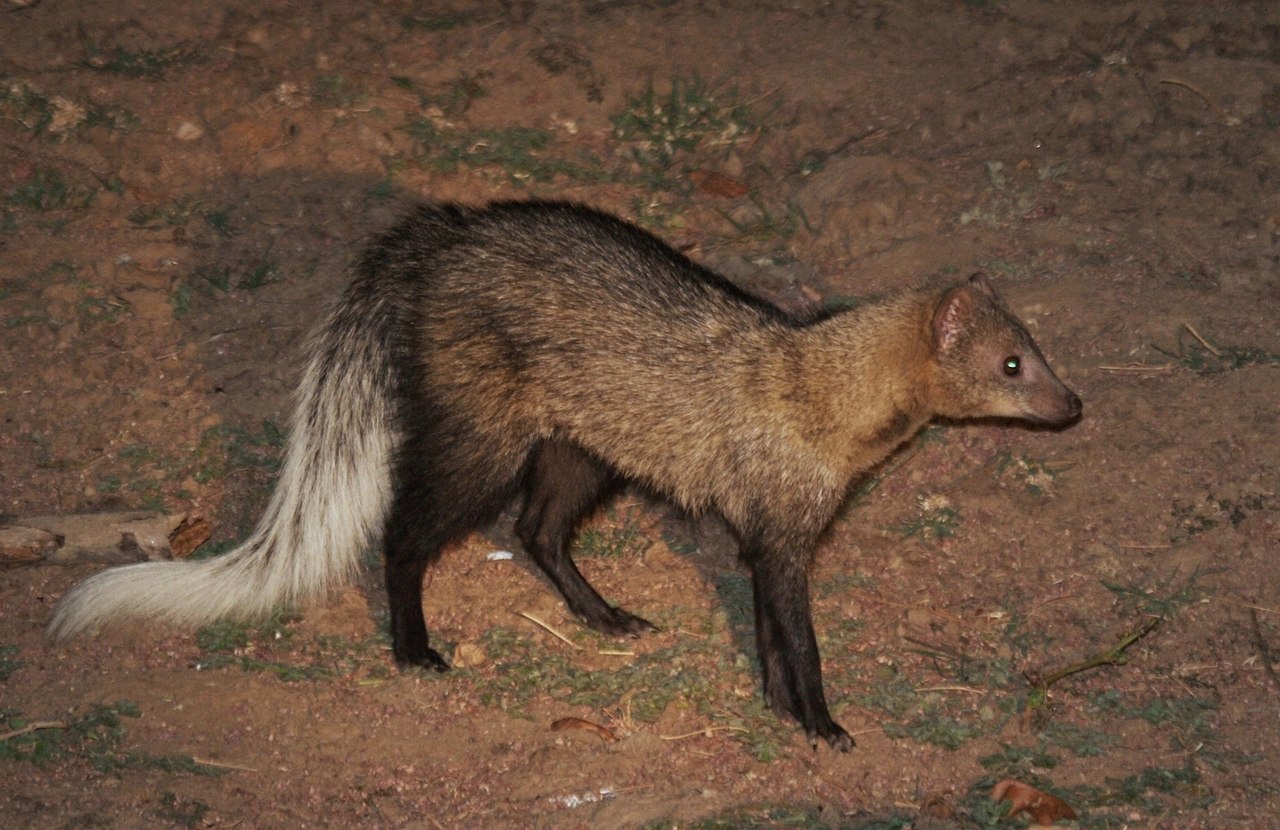 Image Source: By MCSchaeffer - Own work, CC BY-SA 3.0, https://commons.wikimedia.org/w/index.php?curid=92023075
Image Source: By MCSchaeffer - Own work, CC BY-SA 3.0, https://commons.wikimedia.org/w/index.php?curid=92023075
White-tailed mongooses have broad, heavy teeth adapted for crushing insects, which make up the majority of their diet, especially during the wet seasons. They will also eat large frogs, rodents, lizards, snakes, birds, and eggs, as well as carrion and human refuse.
Written by Phelwana Guide, Joe Botha @zululand_frogman